Brian D. O. Anderson, John B. Moore9780136381228, 9780486439389, 0136381227, 0486439380
Table of contents :
Cover……Page 1
Title Page……Page 3
Contents……Page 5
Preface……Page 9
1.1. Filtering……Page 11
1.2. History of Signal Filtering……Page 12
1.3. Subject Matter of this Book……Page 14
1.4. Outline of the Book……Page 16
References……Page 17
2.1. Systems, Noise, Filtering, Smoothing, and Prediction……Page 19
2.2. The Gauss-Markov Discrete-time Model……Page 22
2.3. Estimation Criteria……Page 33
References……Page 44
3.1. The Kalman Filter……Page 46
3.2. Best Linear Estimator Property of the Kalman Filter……Page 56
3.3. Identification as a Kalman Filtering Problem……Page 60
3.4. Application of Kalman Filters……Page 63
References……Page 69
4.1. Background to Time Invariance of the Filter……Page 72
4.2. Stability Properties of Linear, Discrete-time Systems……Page 73
4.3. Stationary Behavious of Linear Systems……Page 78
4.4. Time Invariance and Symptotic Stability of the Filter……Page 86
4.5. Frequency Domain Formulas……Page 95
References……Page 98
5.1. Introduction……Page 100
5.2. Minimum Variance and Linear Minimum Variance Estimation; Orthogonality and Projection……Page 102
5.3. The Innovations Sequence……Page 110
5.4. The Kalman Filter……Page 115
5.5. True Filtered Estimates and the Signal-to-noise Ratio Improvement Property……Page 125
5.6. Inverse Problems; When is a Filter Optimal?……Page 132
References……Page 137
6.1. Signal Model Errors, Filter Divergence, and Data Saturation……Page 139
6.2. Exponential Data Weighting—A Filter With Prescribed Degree of Stability……Page 145
6.3. The Matrix Inversion Lemma and the Information Filter……Page 148
6.4. Sequential Processing……Page 152
6.5. Square Root Filtering……Page 157
6.6. The High Measurement Noise Case……Page 163
6.7. Chandrasekhar-type, Doubling, and Nonrecursive Algorithms……Page 165
References……Page 172
7.1. Introduction to Smoothing……Page 175
7.2. Fixed-point Smoothing……Page 180
7.3. Fixed-lag Smoothing……Page 186
7.4. Fixel-interval Smoothing……Page 197
References……Page 200
8.1. Nonlinear Filtering……Page 203
8.2. The Extended Kalman Filter……Page 205
8.3. A Bound Optimal Filter……Page 215
8.4. Gaussian Sum Estimators……Page 221
References……Page 231
9.1. Introduction……Page 233
9.2. Kalman Filter Design From Covariance Data……Page 237
9.3. Innovations Representations With Finite Initial Time……Page 240
9.4. Stationary Innovations Representations and Spectral Factorization……Page 248
9.5. Wiener Filtering……Page 264
9.6. Levinson Filters……Page 268
References……Page 274
10.1. Adaptive Estimation Via Parallel Processing……Page 277
10.2. Adaptive Estimation Via Extended Least Squares……Page 289
References……Page 296
11.1. General Approaches to Dealing with Colored Noise……Page 298
11.2. Filter Design with Markov Output Noise……Page 300
11.3. Filter Design with Singular or Near-singular Output Noise……Page 302
11.4. Suboptimal Design Given Colored Input or Measurement Noise……Page 306
11.5. Suboptimal Filter Design by Model Order Reduction……Page 311
References……Page 314
A. Brief Review of Results of Probability Theory……Page 317
A.1. Pure Probability Theory……Page 318
A.2. Stochasitic Processes……Page 326
A.3. Gaussian Random Variables, Vectors, and Processes……Page 330
References……Page 333
B. Brief Review of Some Results of Matrix Theory……Page 334
References……Page 349
C. Brief Review of Several Major Results of Linear System Theory……Page 350
References……Page 356
D. Lyapunov Stability……Page 357
References……Page 359
Author Index……Page 361
Subject Index……Page 364
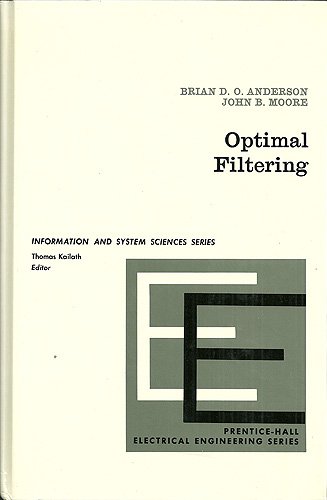
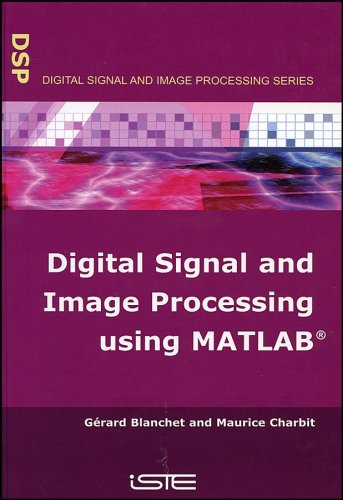
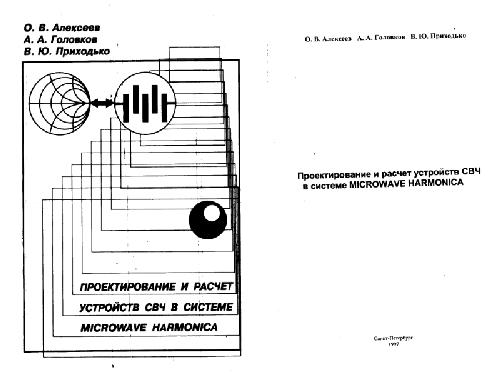

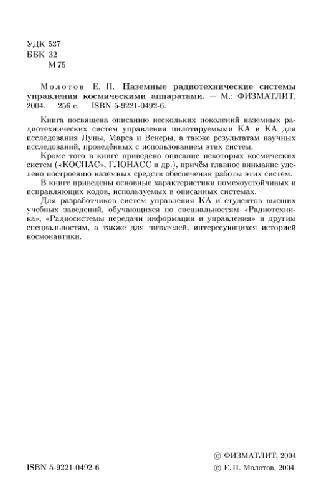
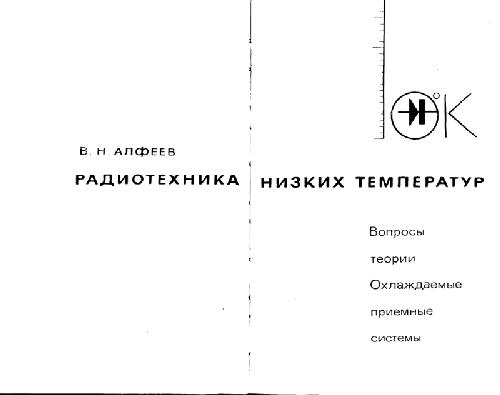
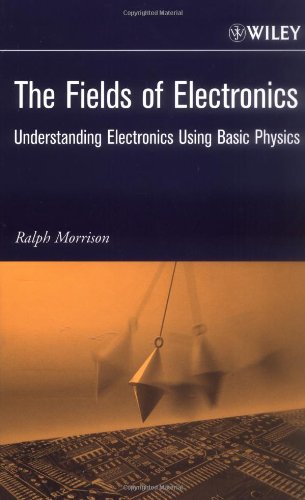
Reviews
There are no reviews yet.